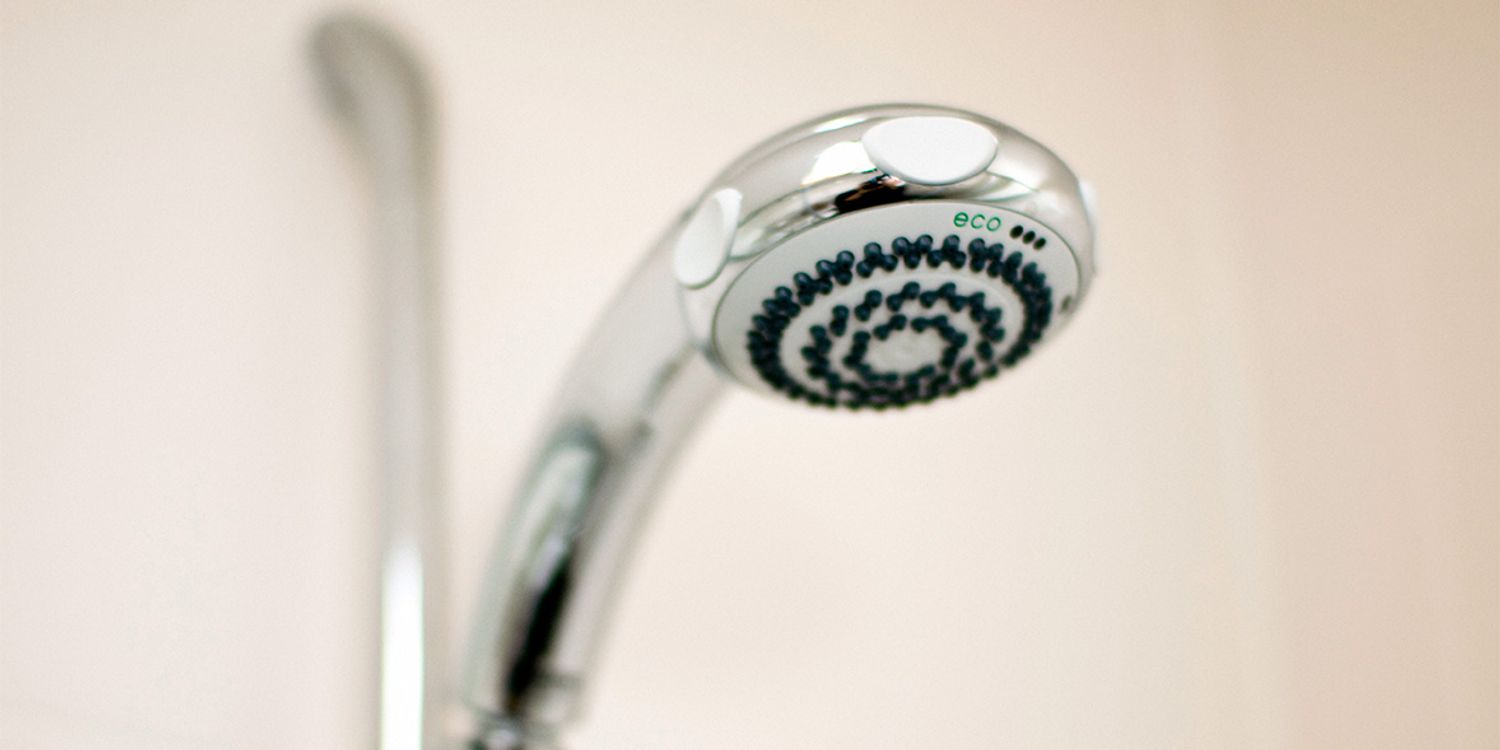

Articles
How To Know How Much Water A Showerhead Uses
Modified: October 18, 2024
Discover how to determine the water consumption of your showerhead with informative articles on water usage and conservation.
(Many of the links in this article redirect to a specific reviewed product. Your purchase of these products through affiliate links helps to generate commission for Storables.com, at no extra cost. Learn more)
Introduction
Welcome to our comprehensive guide on how to determine how much water a showerhead uses. In today’s world where water conservation is becoming increasingly important, understanding and managing our water consumption is crucial.
Showering accounts for a significant portion of household water usage, and knowing the water flow rate of your showerhead can help you make informed decisions about water conservation. By measuring and understanding water usage, you can take steps to reduce your environmental impact and potentially save on your water bill.
In this article, we will explore the factors affecting showerhead water consumption, methods for measuring water usage, and tips for reducing water consumption in the shower. So, let’s dive in and become more informed about our water usage when it comes to our showering habits!
Key Takeaways:
- Understanding water flow rates and measuring water usage are crucial for conserving water during showers. Consider factors like showerhead type, water pressure, and shower duration to make informed decisions about water consumption.
- Implement practical tips such as installing low-flow showerheads, taking shorter showers, and turning off the water when lathering to significantly reduce water consumption in the shower. Every small effort contributes to water conservation and a sustainable future.
Understanding Water Flow Rates
Water flow rate refers to the amount of water that flows through a fixture, such as a showerhead, per unit of time. It is typically measured in gallons per minute (GPM) or liters per minute (LPM). Understanding water flow rates is important because it directly affects the amount of water consumed during a shower.
Typically, showerheads have a designated water flow rate specified by the manufacturer. This flow rate can vary depending on the type of showerhead and its design. Standard showerheads typically have a flow rate of 2.5 GPM, while low-flow showerheads have a flow rate of 2 GPM or less.
It’s important to note that the flow rate of a showerhead can also be affected by the water pressure in your home. If you have low water pressure, the flow rate may be lower than the designated rate specified by the manufacturer. On the other hand, if you have high water pressure, the flow rate may be higher.
Understanding the water flow rate of your showerhead is crucial because it helps you estimate the amount of water you consume during a shower. This information becomes particularly valuable when you want to reduce your water usage or track your environmental footprint.
Now that we have a basic understanding of water flow rates, let’s move on to measuring water usage and determining the water consumption of a showerhead.
Measuring Water Usage
Measuring water usage is an essential step in determining how much water a showerhead uses. Fortunately, there are a few methods you can use to accurately measure your water consumption during a shower.
One of the simplest and most effective ways to measure water usage is by using a container with known volume, such as a bucket or a large measuring cup. Start by placing the container under the showerhead, making sure it captures all the water that falls during your shower.
Once you’re ready to start your shower, turn on the water and maintain your usual showering routine. After you finish showering, carefully pour the collected water from the container into a measuring cup or any other measuring device. Note the volume of water collected.
To calculate the water usage per minute, divide the total collected volume by the duration of your shower in minutes. For example, if you collected 2 gallons of water and your shower lasted 10 minutes, your water usage would be 0.2 gallons per minute.
Another method to measure water usage is by using a flow meter attached to your showerhead. Flow meters provide real-time data on the water flow rate, allowing you to accurately monitor your water consumption during a shower. These devices can be purchased online or at hardware stores and are relatively easy to install.
Whichever method you choose, ensure that you measure your water usage across multiple showers to get an accurate average. This will help you make well-informed decisions about your water consumption and identify any potential areas for improvement.
Now that we’ve discussed how to measure water usage, let’s explore the factors that can affect the water consumption of a showerhead.
Factors Affecting Showerhead Water Consumption
Several factors can influence the water consumption of a showerhead. Understanding these factors can help you make more informed decisions about choosing the right showerhead and optimizing water usage.
1. Showerhead Type: Different types of showerheads have varying water flow rates. Standard showerheads typically have a higher flow rate, ranging from 2.5 GPM to 5 GPM. On the other hand, low-flow showerheads have a lower flow rate, usually around 2 GPM or less. Opting for a low-flow showerhead can significantly reduce water consumption without compromising the showering experience.
2. Water Pressure: The water pressure in your home can affect the flow rate of your showerhead. If you have low water pressure, it may result in a weaker flow and potentially reduce water consumption. Conversely, high water pressure can lead to a higher flow rate and increased water usage. It’s important to find the right balance to ensure a comfortable shower while minimizing water waste.
3. Shower Duration: The length of time you spend in the shower directly impacts water consumption. Shortening your shower time by a few minutes can make a significant difference in reducing overall water usage. Consider using a timer or setting a reasonable time limit to help you stay aware of your shower duration.
4. Showering Habits: Showering habits, such as leaving the water running while lathering or shaving, can contribute to excessive water consumption. Being mindful of these habits and finding ways to be more efficient, such as turning off the water when not needed, can help conserve water during your showers.
5. Energy-Efficient Features: Some modern showerheads come equipped with energy-efficient features, such as aerators or flow restrictors. These mechanisms help reduce water flow without compromising water pressure, resulting in lower water consumption per minute.
By considering these factors and making conscious choices, you can effectively reduce your showerhead’s water consumption and contribute to water conservation efforts.
Now that we’ve explored the factors affecting showerhead water consumption, let’s move on to discussing how to determine the water usage of a showerhead.
Look for the showerhead’s flow rate, measured in gallons per minute (GPM). Most modern showerheads have a flow rate of 2.5 GPM, but some water-saving models can go as low as 1.5 GPM.
How to Determine Water Usage of a Showerhead
Determining the water usage of a showerhead involves considering its flow rate and the duration of your showers. By following these steps, you can accurately estimate the water consumption of your showerhead:
1. Identify the Flow Rate: Start by checking the manufacturer’s specifications or label on your showerhead to determine its designated flow rate. This information is usually indicated in gallons per minute (GPM) or liters per minute (LPM). If you can’t find this information, you can measure the flow rate using a flow meter, as mentioned earlier.
2. Measure Shower Duration: Use a stopwatch, timer, or clock to measure the duration of your shower from start to finish. Note the time in minutes or seconds.
3. Calculate Water Usage: Multiply the flow rate (in GPM or LPM) by the shower duration (in minutes) to determine the water usage. For example, if your showerhead has a flow rate of 2 GPM and your shower lasts 10 minutes, the water usage would be 2 GPM x 10 minutes = 20 gallons of water.
4. Consider Efficiency Measures: If you have implemented water-saving measures, such as flow restrictors or low-flow showerheads, adjust the flow rate accordingly to calculate the actual water usage. For example, if you have a low-flow showerhead with a flow rate of 1.5 GPM, use that value instead of the manufacturer’s rated flow rate in the calculation.
Remember that these calculations provide an estimate of water usage and may vary based on variables such as water pressure and individual showering habits. It’s always helpful to measure water usage across multiple showers to get a more accurate average.
By determining the water usage of your showerhead, you can gain awareness of your water consumption and take steps to reduce it. Implementing water-saving strategies and being mindful of your showering habits can go a long way in conserving water and contributing to environmental sustainability.
Now that we know how to determine the water usage of a showerhead, let’s explore some practical tips for reducing water consumption in the shower.
Read more: How Much Is A Luxury Showerhead
Tips for Reducing Water Consumption in the Shower
Reducing water consumption in the shower not only helps conserve this valuable resource but also contributes to lower water bills and a more sustainable lifestyle. Here are some practical tips to help you minimize water usage during your showers:
1. Install a Low-Flow Showerhead: Consider replacing your current showerhead with a low-flow option. These showerheads are designed to deliver a satisfying shower experience while using less water. With flow rates typically below 2 GPM, they can significantly reduce water consumption without sacrificing water pressure.
2. Take Shorter Showers: One of the most effective ways to save water is by reducing your shower time. Aim for shorter showers by being mindful of your water usage. Set a timer or play your favorite song, and challenge yourself to complete your shower within that time frame.
3. Turn Off the Water: When lathering up or shampooing your hair, turn off the water to conserve water until you are ready to rinse. This simple habit can save gallons of water during each shower.
4. Use a Shower Timer: Consider using a shower timer to track your shower time. These devices can be attached to the shower wall or used as an app on your smartphone. The visual reminder of time passing helps you stay aware and encourages you to limit your shower duration.
5. Opt for Navy Showers: Navy showers, also known as “military showers,” involve a technique of turning off the water while lathering, then turning it back on to rinse. This method is particularly effective in conserving water and is frequently used in situations where water supply is limited.
6. Collect and Reuse Water: Consider collecting and reusing water from your shower for other purposes, such as watering plants or flushing toilets. Place a bucket or container in the shower to catch excess water, and then transfer it accordingly.
7. Fix Leaks and Drips: Check for any leaks or drips in your shower system and promptly repair them. Even small leaks can waste a significant amount of water over time, leading to unnecessary water consumption and increased utility bills.
8. Encourage Family Members: Educate and encourage your family members or housemates about the importance of water conservation in the shower. Simple reminders and leading by example can inspire them to adopt water-saving practices.
By implementing these tips, you can significantly reduce your water consumption in the shower and make a positive impact on our environment.
Now that we’ve covered practical ways to reduce water consumption, let’s conclude our guide.
Conclusion
Managing and conserving water is crucial for the sustainability of our planet, and understanding how much water a showerhead uses is an important step in that direction. By measuring water usage, considering factors that affect showerhead water consumption, and implementing water-saving tips, you can make a positive impact on the environment and save on your water bills.
Throughout this article, we explored the concept of water flow rates and how they impact water consumption in the shower. We discussed different methods for measuring water usage, such as using containers with known volume or installing flow meters. Understanding the factors that affect showerhead water consumption, including showerhead type, water pressure, shower duration, and showering habits, is essential in making informed decisions about water conservation.
We also delved into how to determine the water usage of a showerhead by considering its flow rate and the duration of your showers. By calculating water usage, you can gain awareness of your water consumption and identify areas where improvements can be made.
Finally, we provided practical tips for reducing water consumption in the shower. Installing low-flow showerheads, taking shorter showers, turning off the water while lathering, and collecting and reusing water are all effective strategies to minimize water waste. Encouraging others to adopt water-saving habits also amplifies the positive impact we can make on water conservation efforts.
Remember, every drop counts. By implementing these practices and making conscious choices, we can contribute to water conservation and ensure a sustainable future for generations to come.
Thank you for joining us in this comprehensive guide on understanding how much water a showerhead uses. Together, let’s make a difference in conserving our precious water resources!
Frequently Asked Questions about How To Know How Much Water A Showerhead Uses
Was this page helpful?
At Storables.com, we guarantee accurate and reliable information. Our content, validated by Expert Board Contributors, is crafted following stringent Editorial Policies. We're committed to providing you with well-researched, expert-backed insights for all your informational needs.
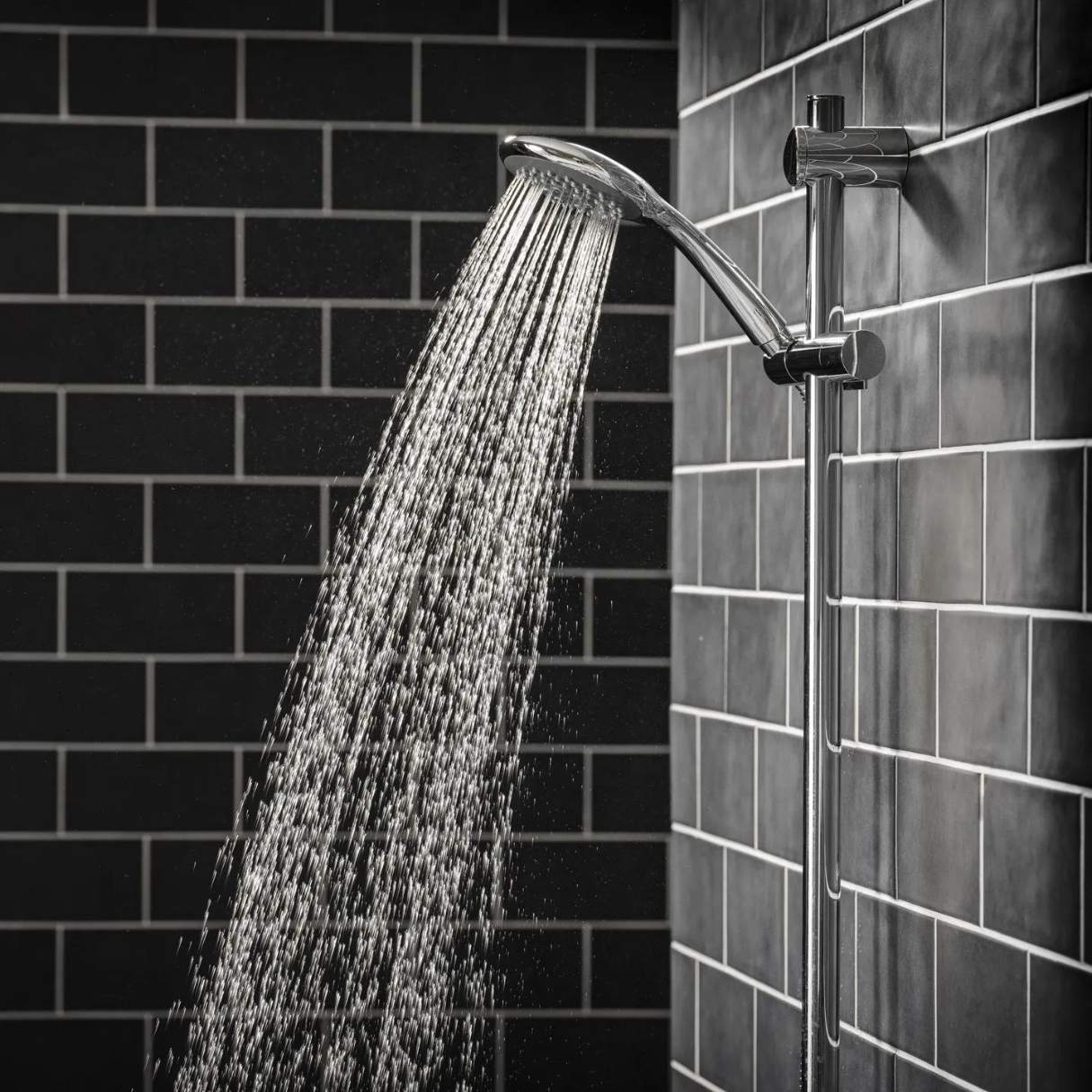
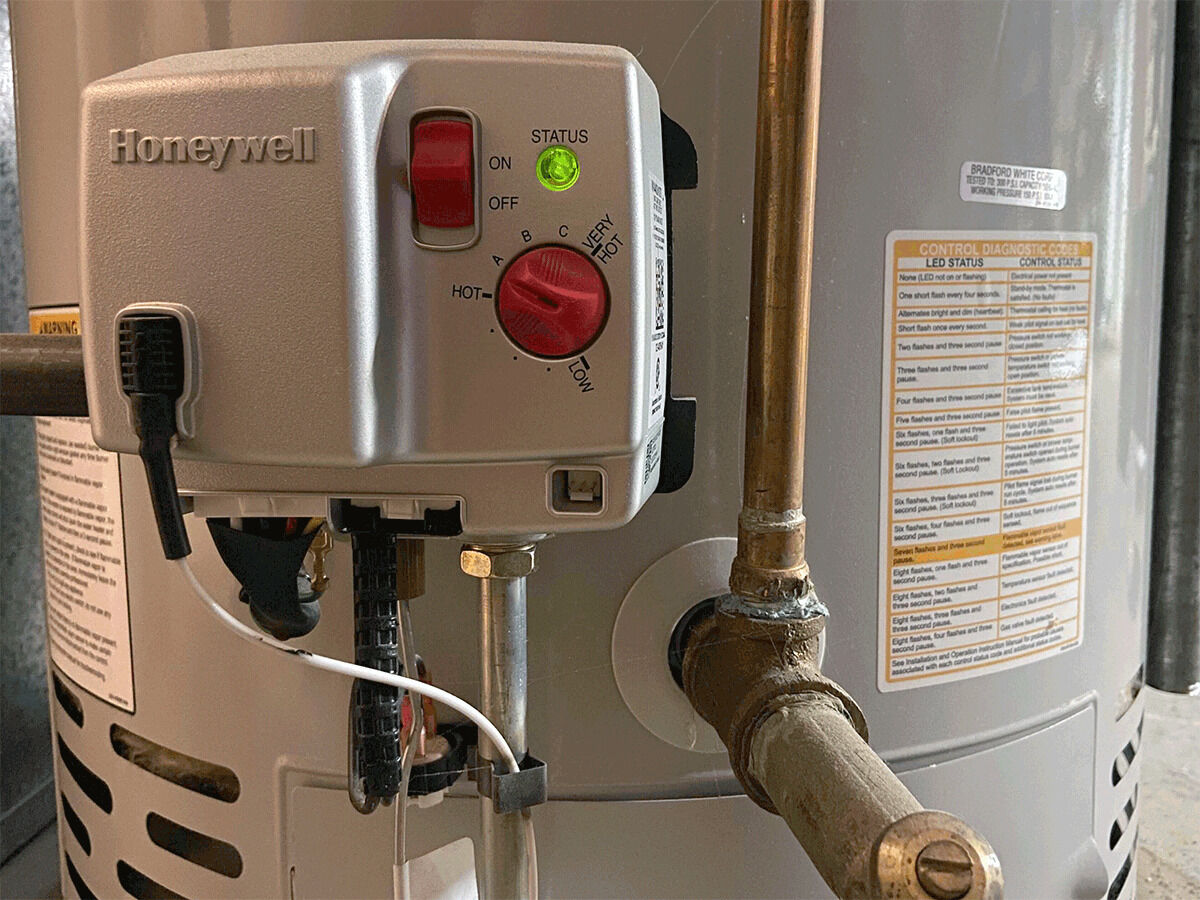
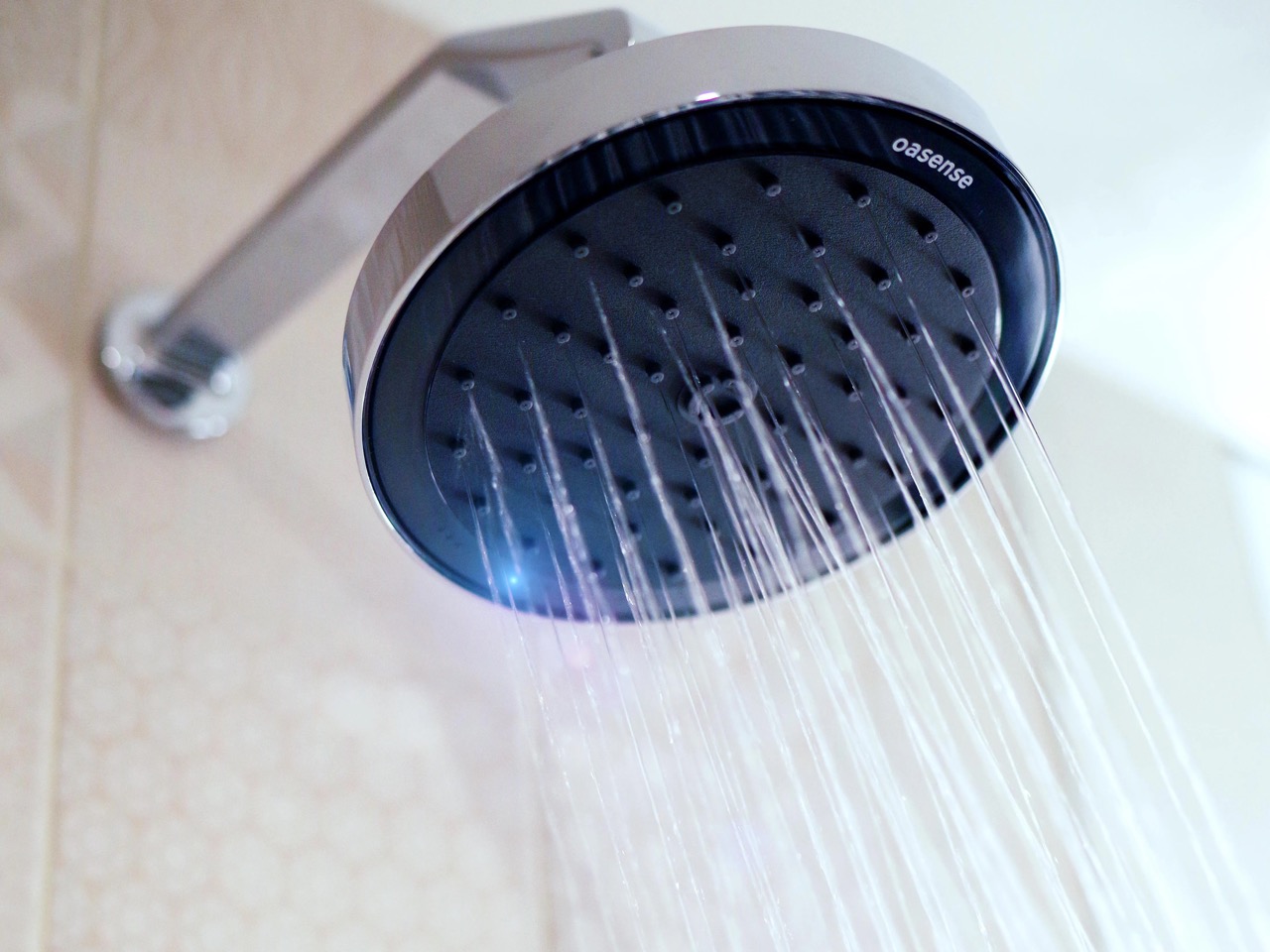
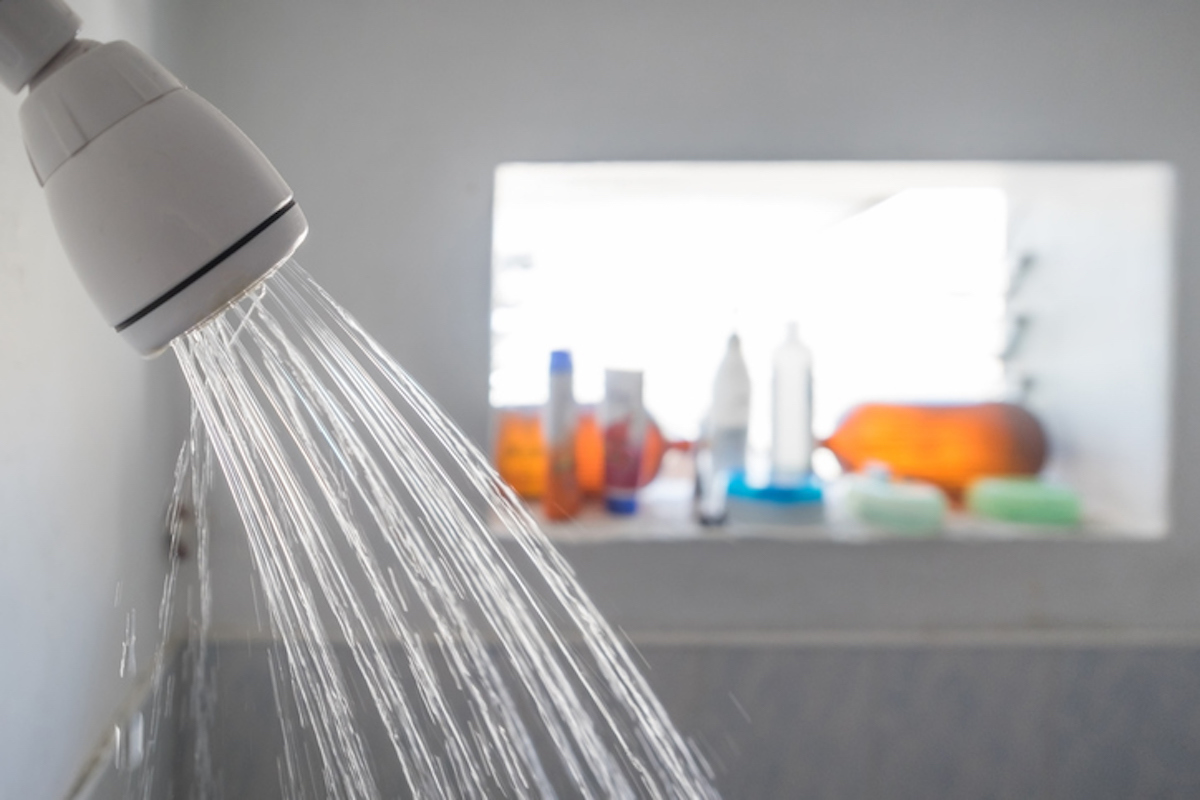
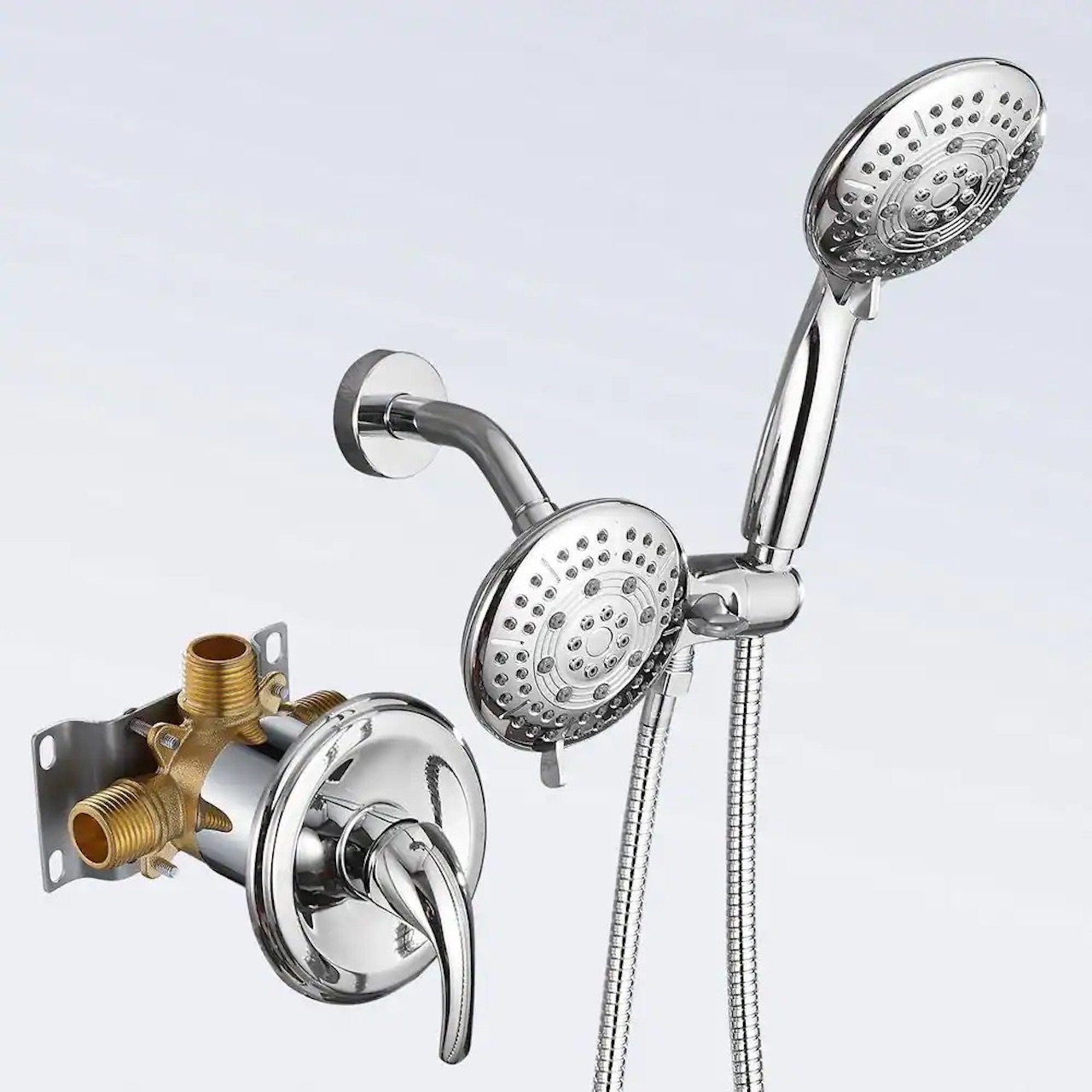
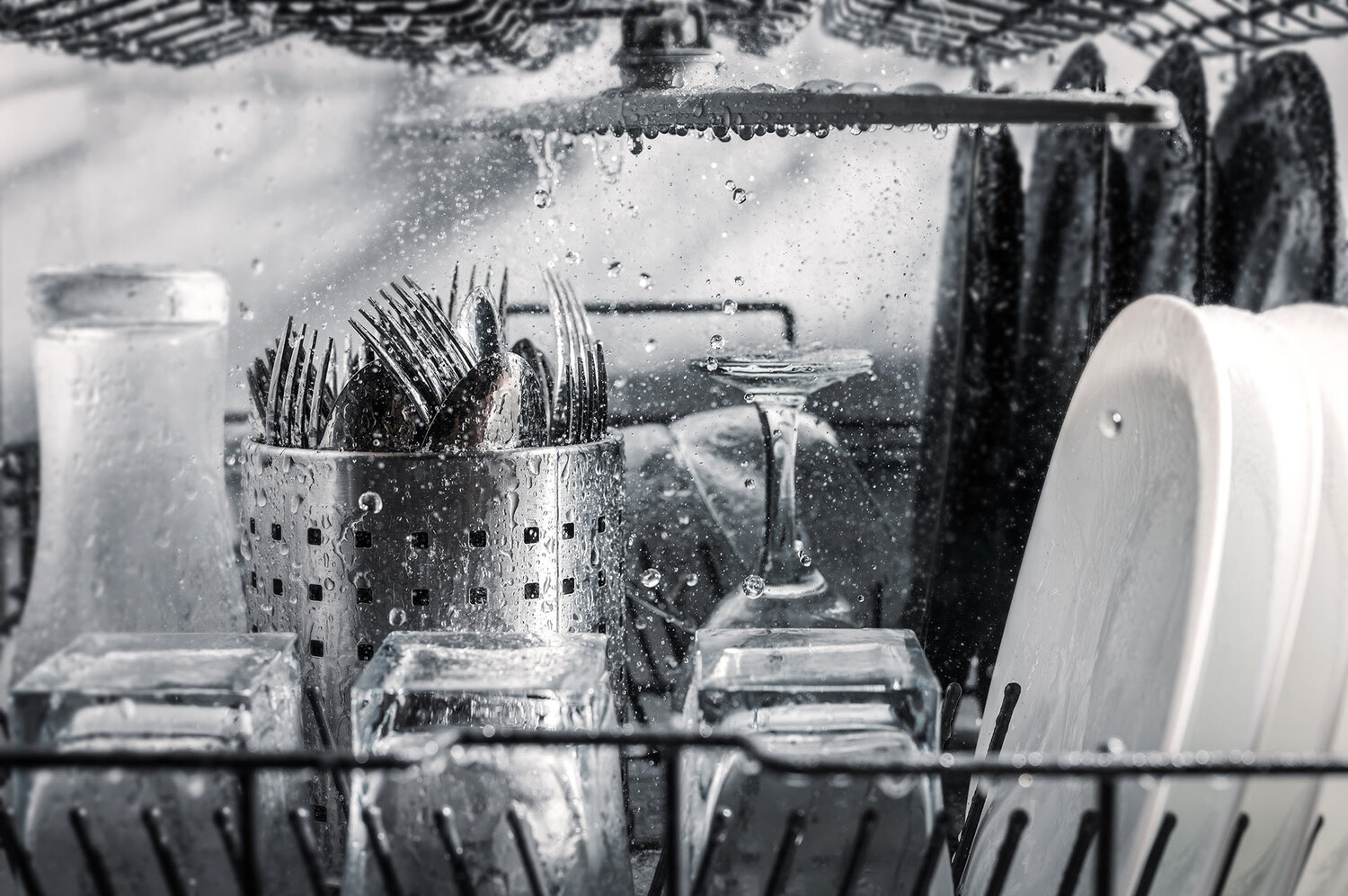
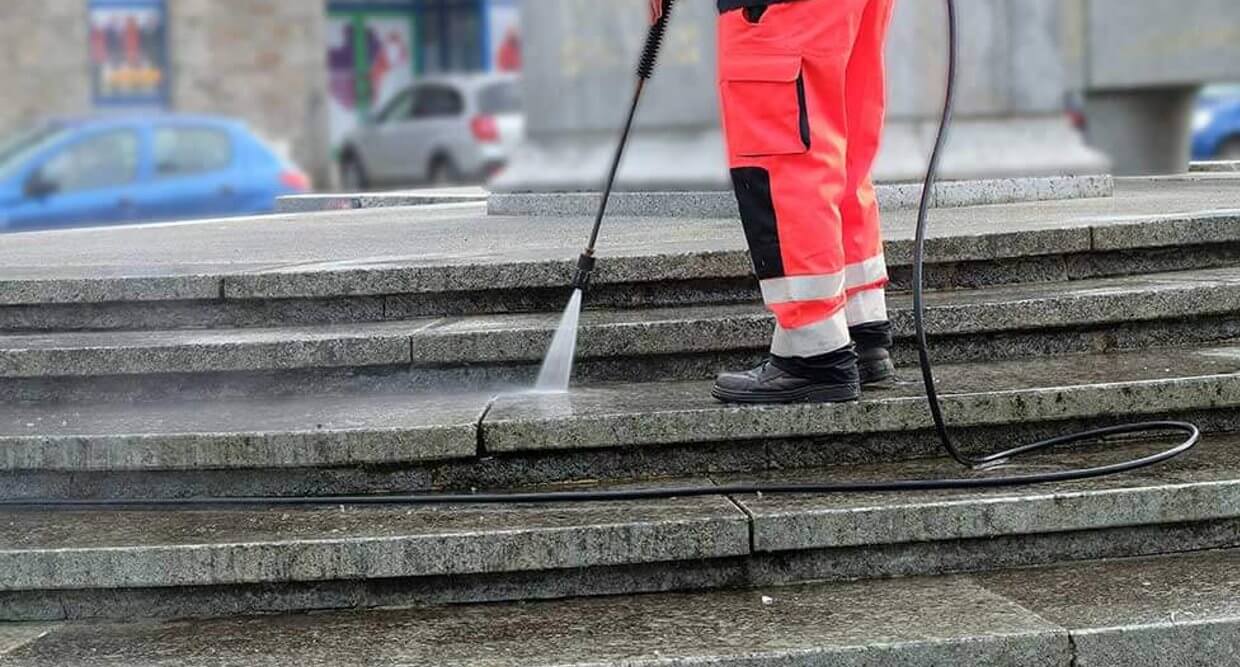
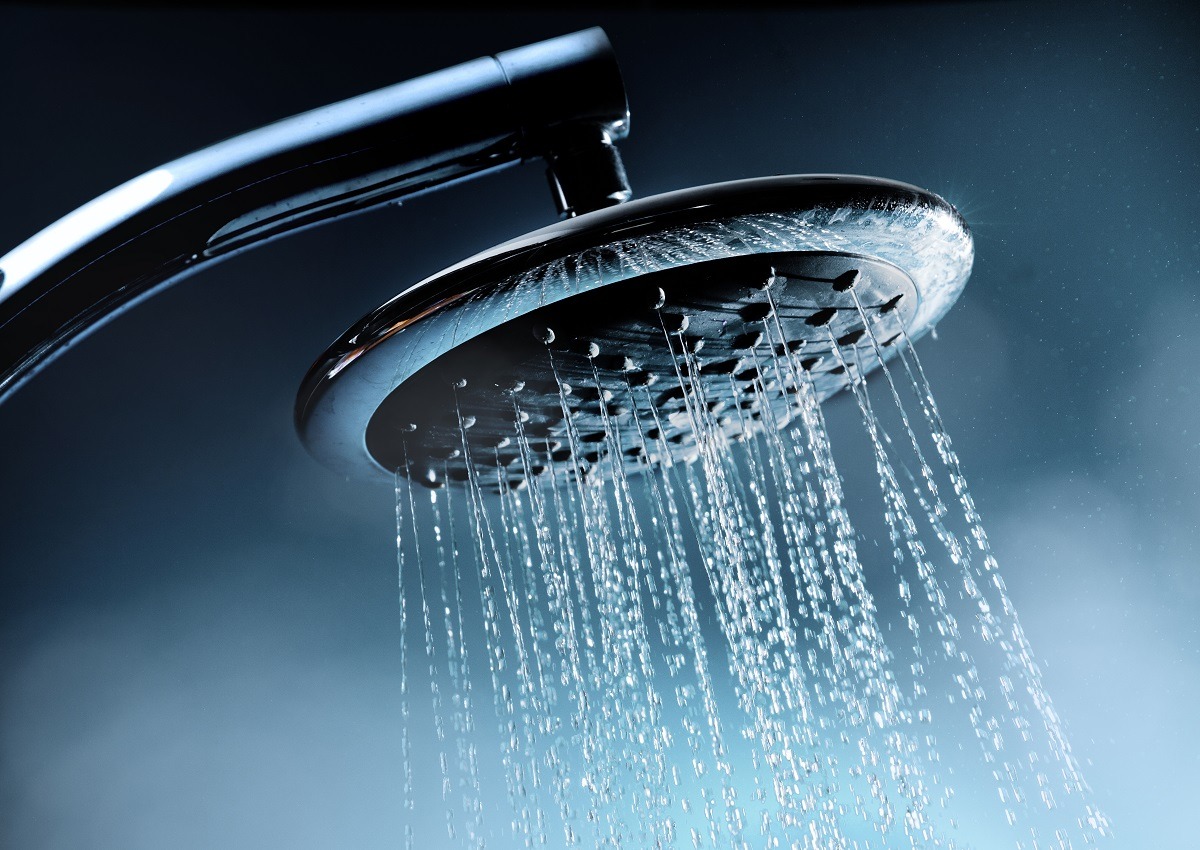
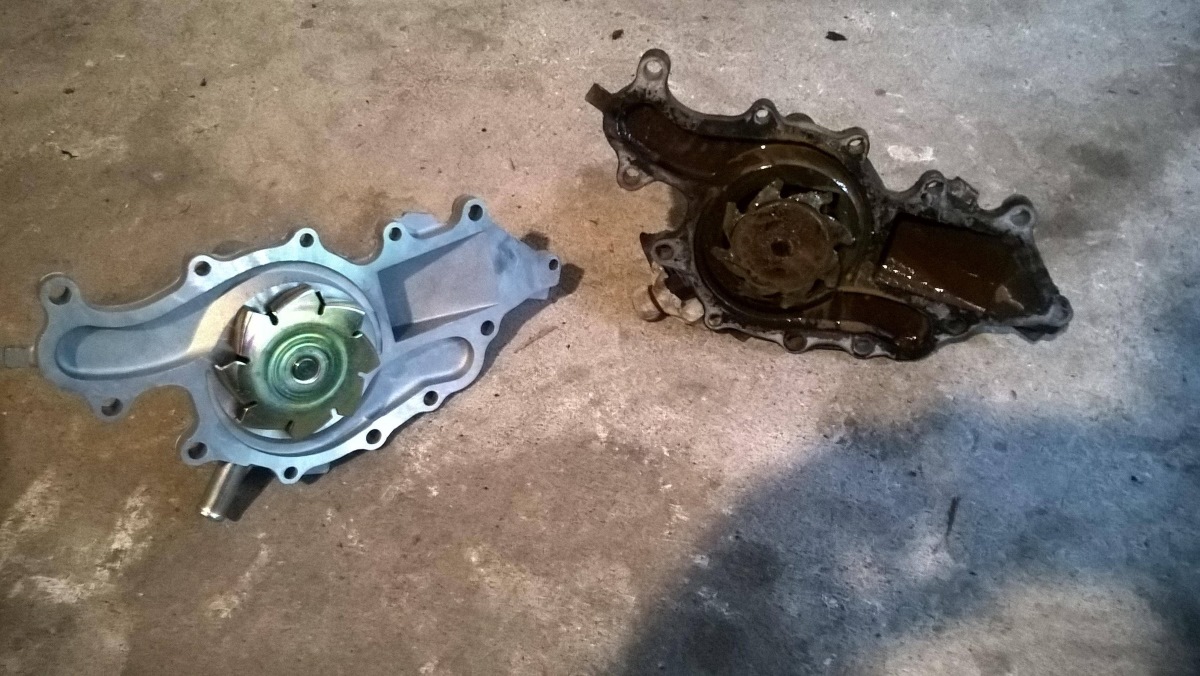
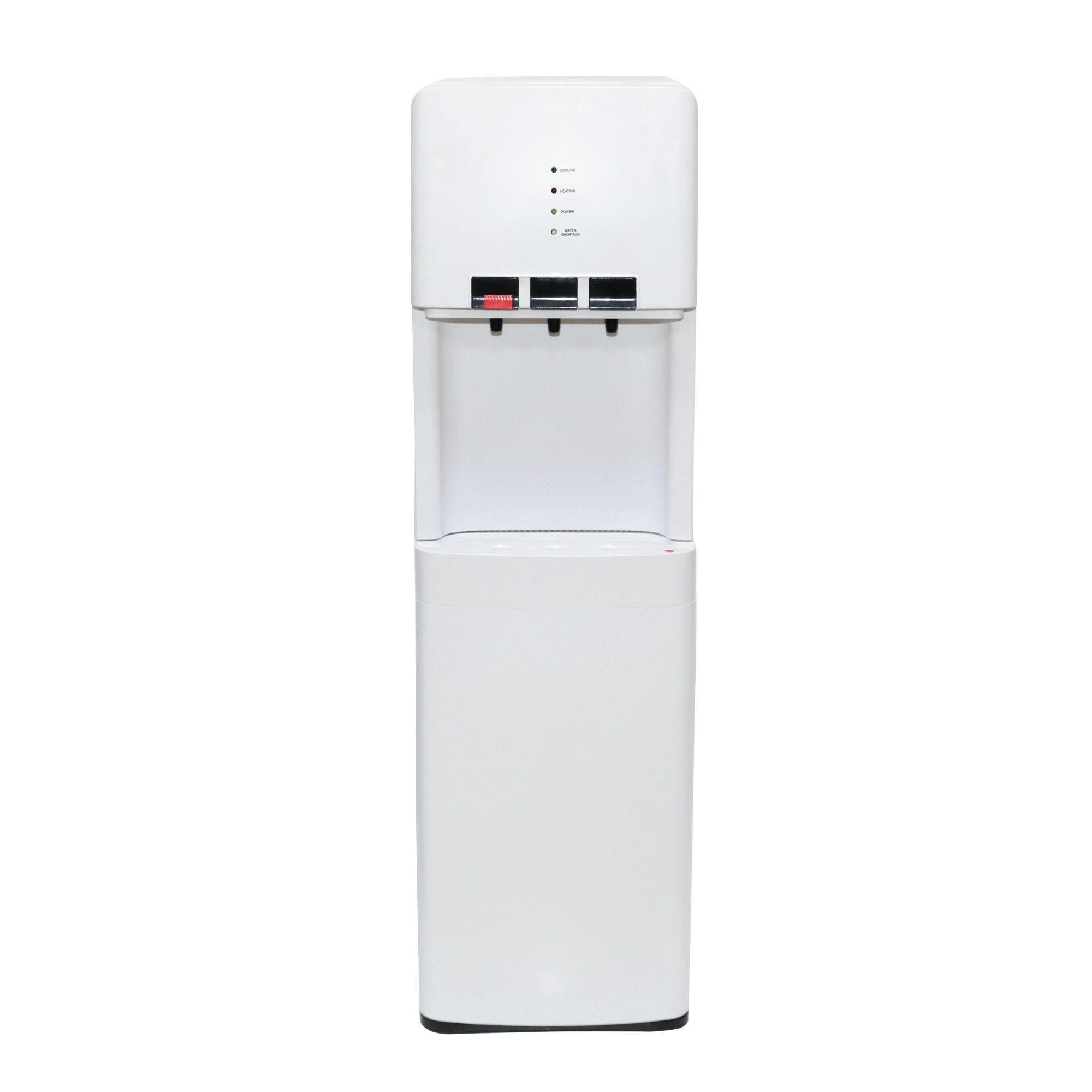
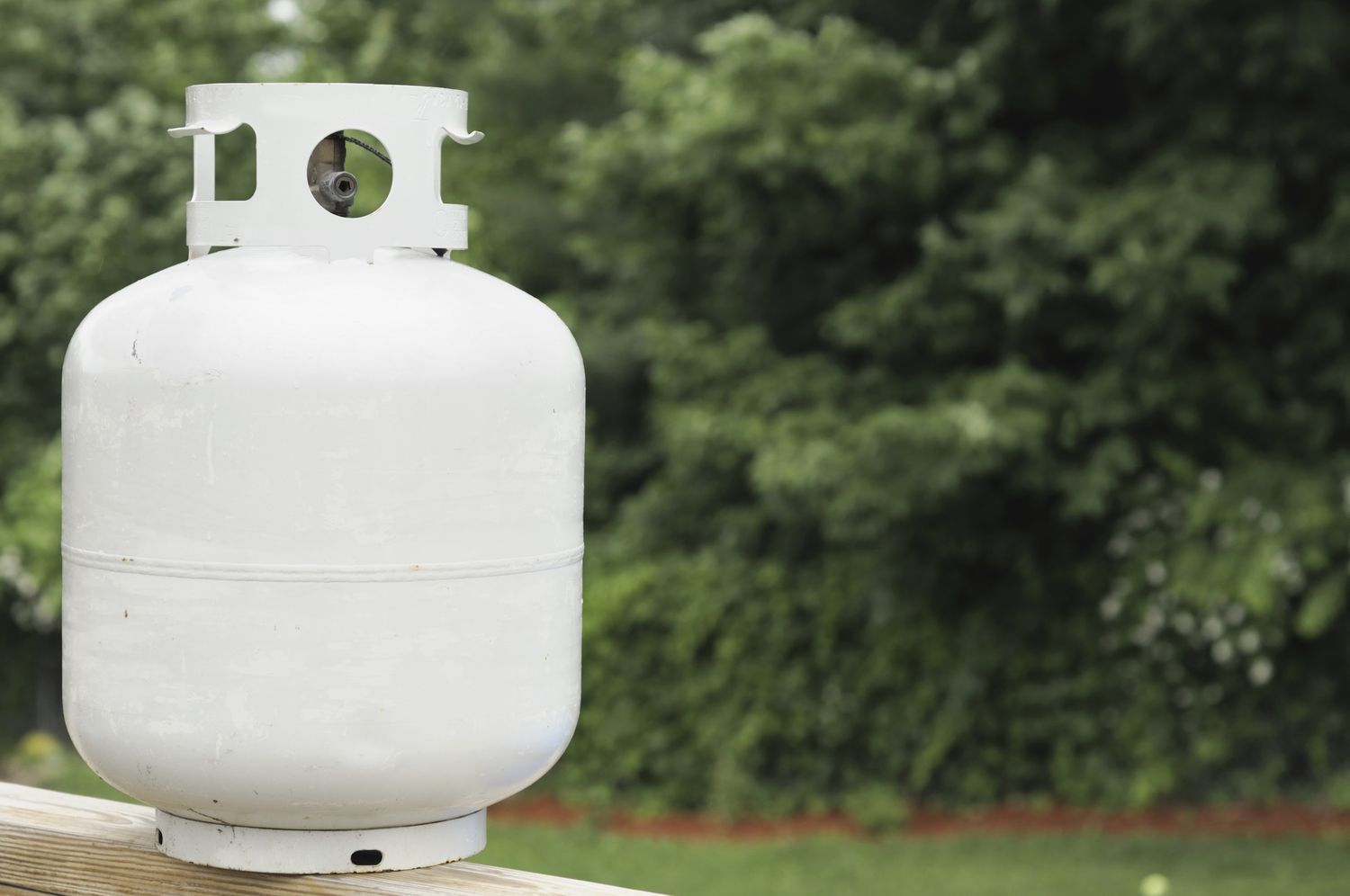
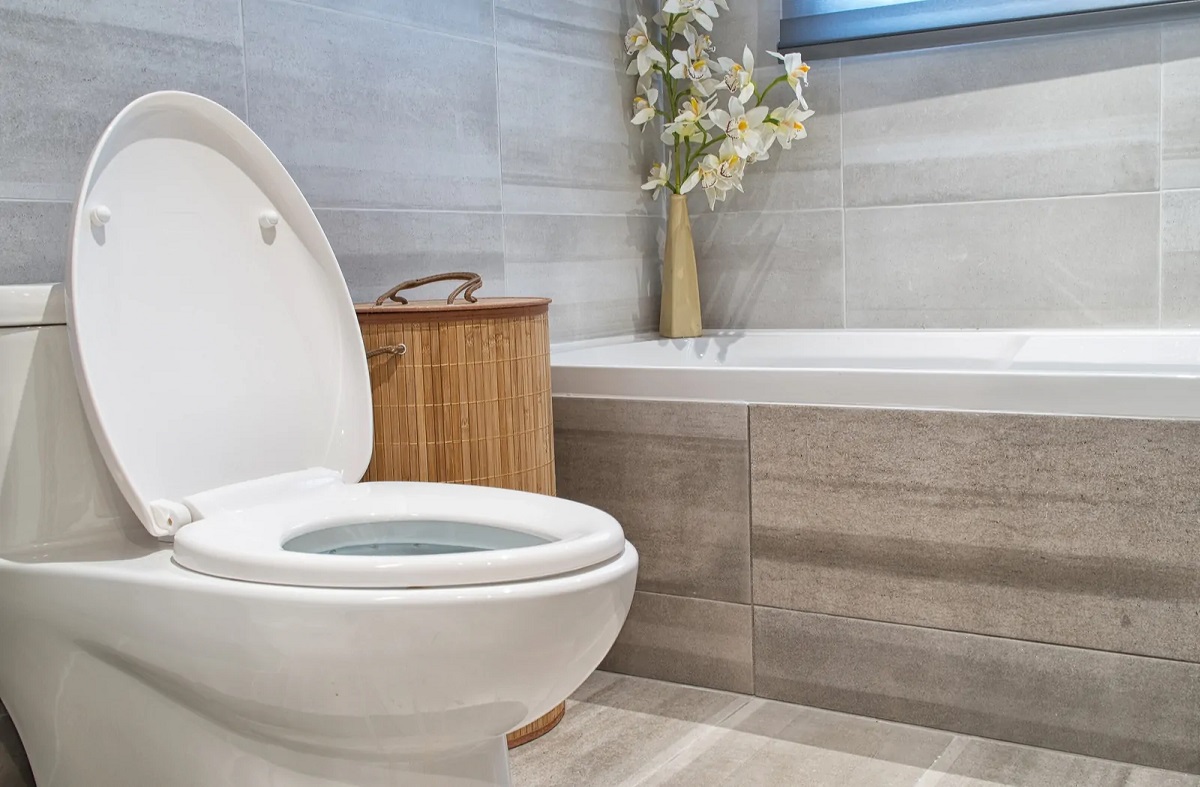
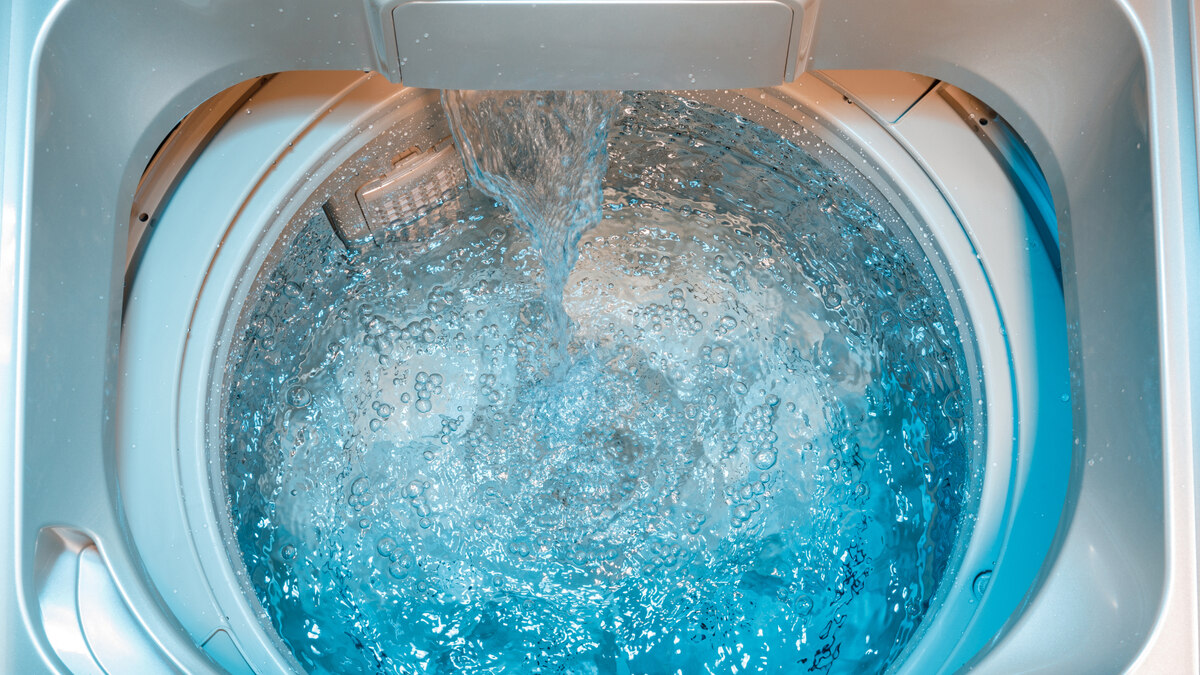
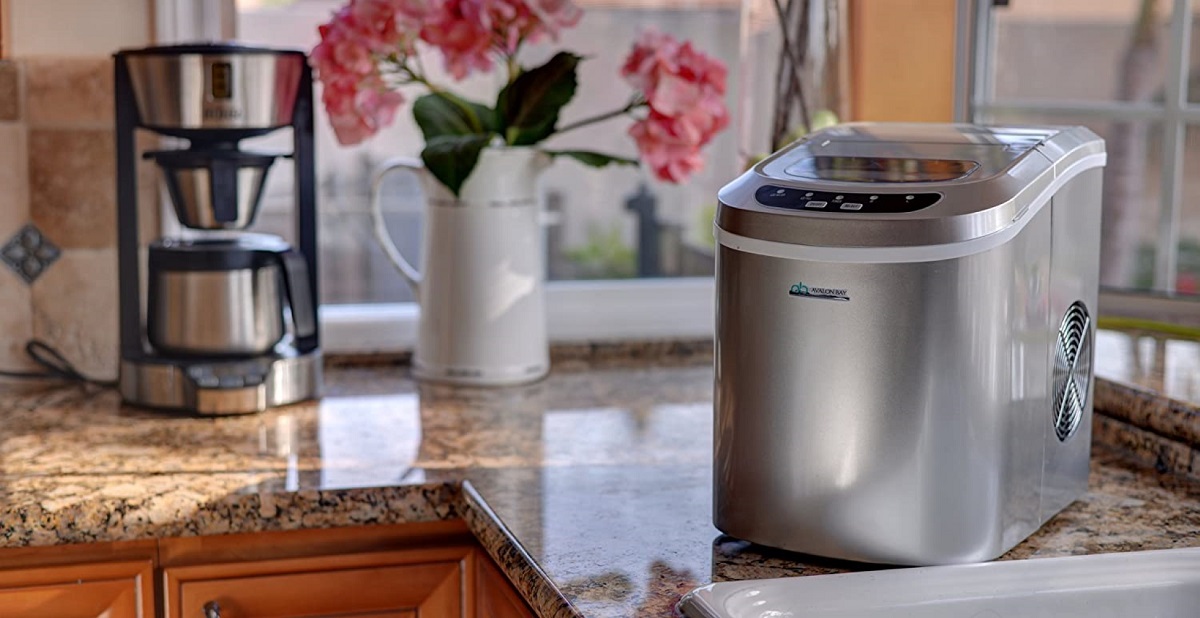

0 thoughts on “How To Know How Much Water A Showerhead Uses”